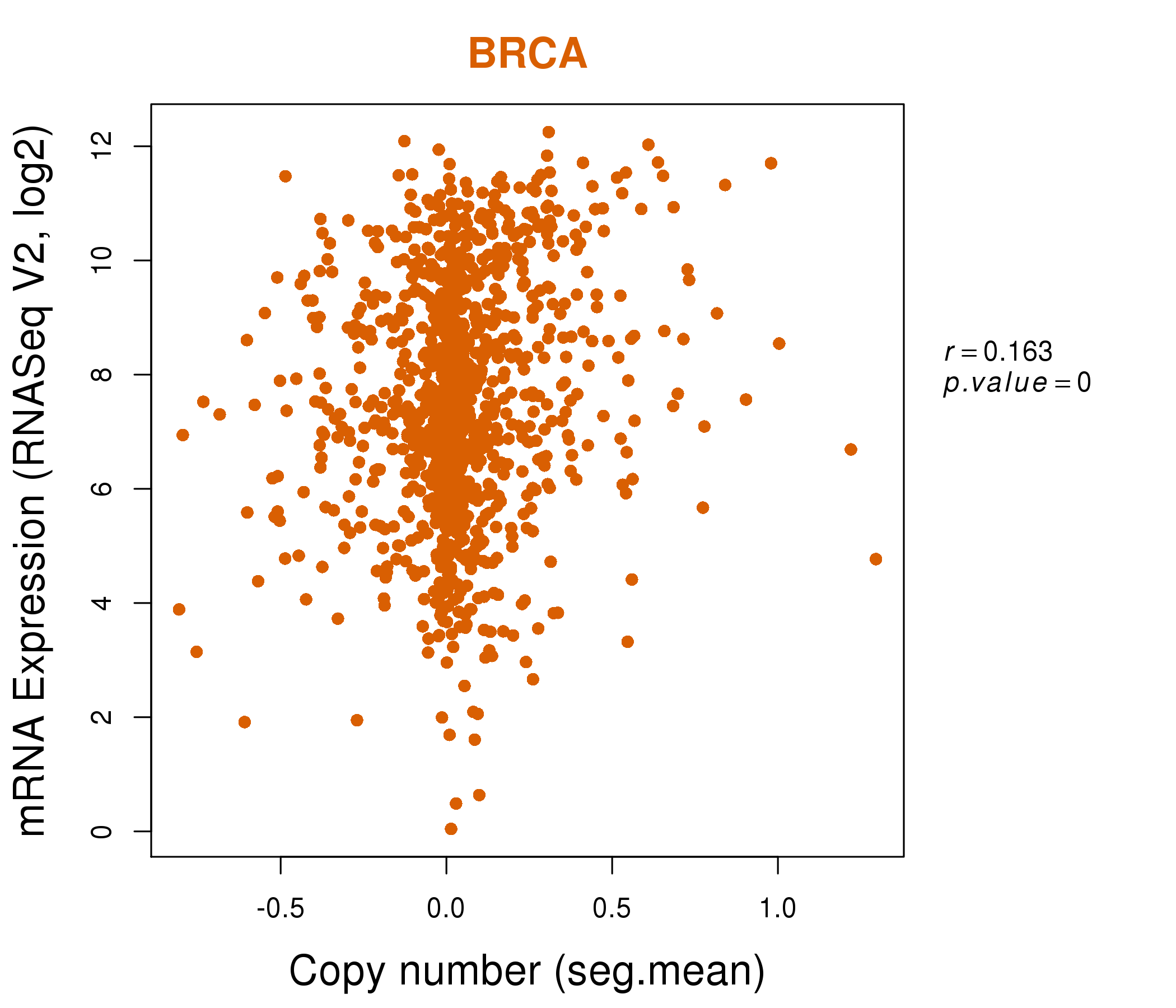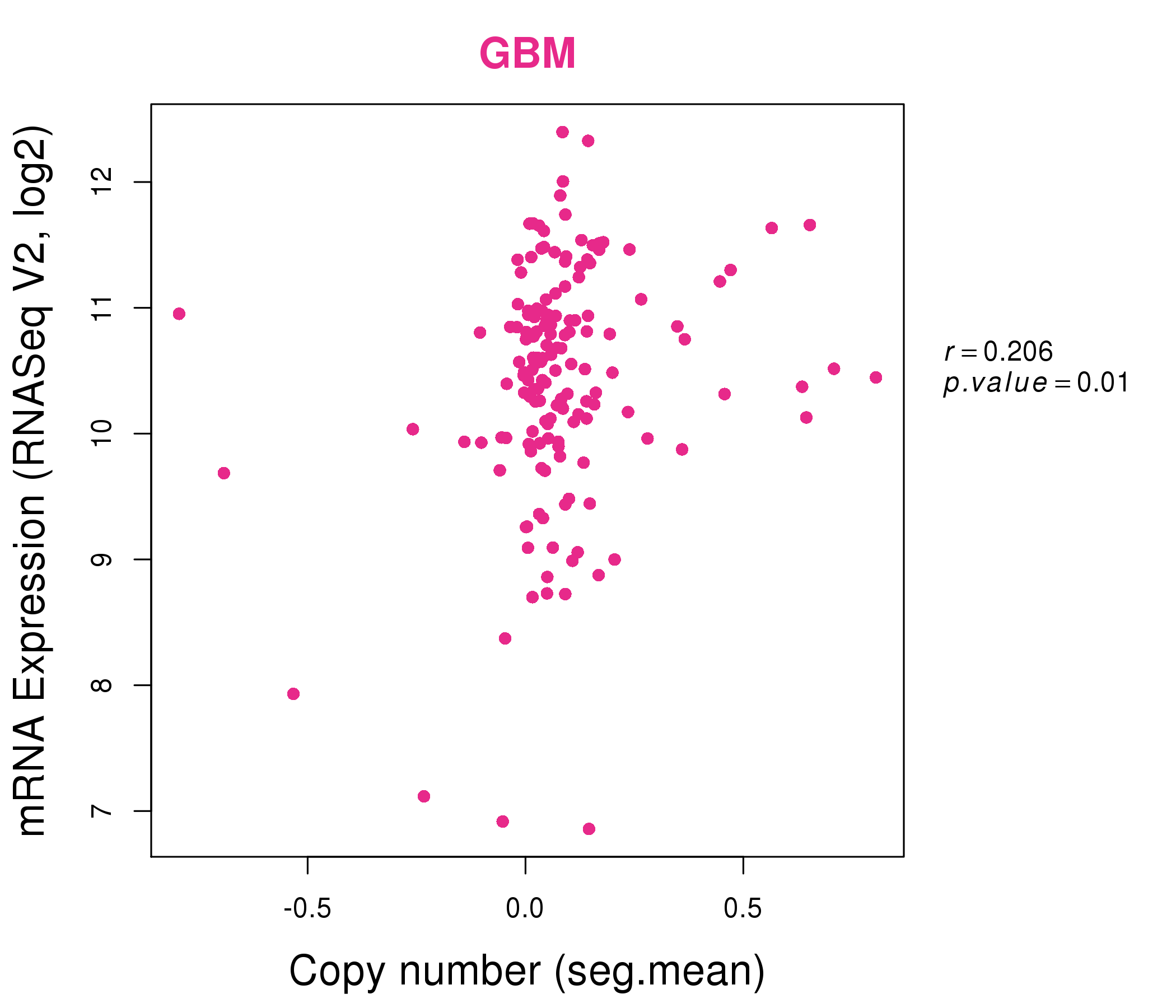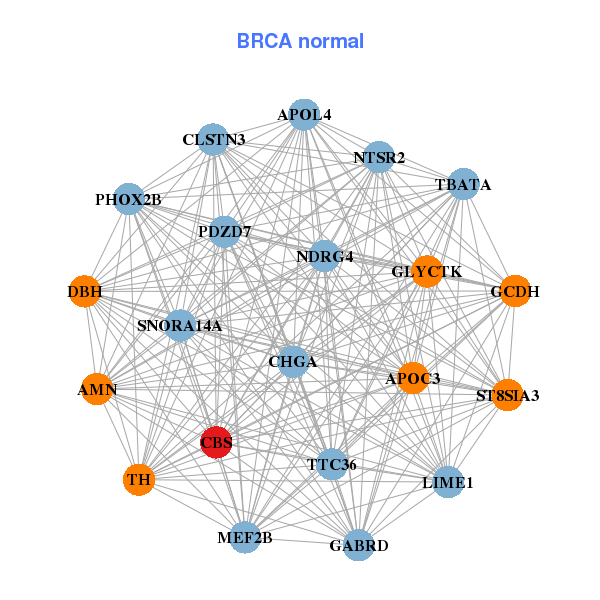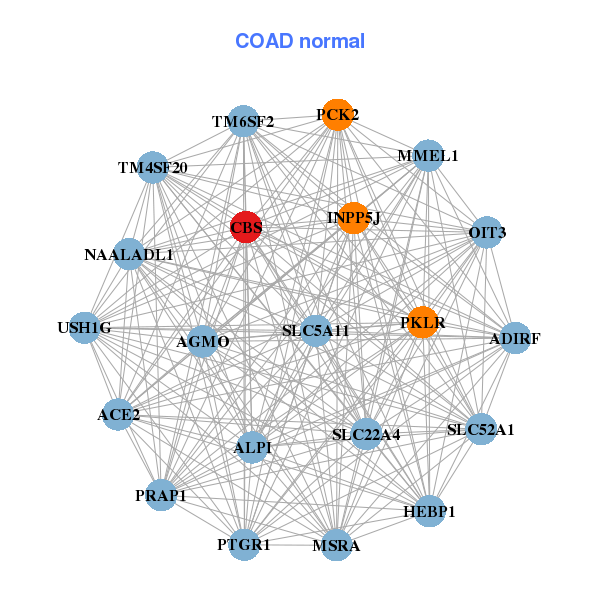|
|||||||||||||||||||||||||||||||||||||||||||||||||||||||||||||||||||||||||||||||||||||||||||||||||||||||||||||||||||||||||||||||||||||||||||||||||||||||||||||||||||||||||||||||||||||||||||||||||||||||||||||||||||||||||||||||||||||||||||||||||||||||||||||||||||||||||||||||||||||||||||||||||||||||||||||||||||||||||||||||||||||||||||||||||||||||||||||||||||||||||||||||||||||||||||||
| |
| Phenotypic Information (metabolism pathway, cancer, disease, phenome) |
| |
| |
| Gene-Gene Network Information: Co-Expression Network, Interacting Genes & KEGG |
| |
|
| Gene Summary for CBS |
| Top |
| Phenotypic Information for CBS(metabolism pathway, cancer, disease, phenome) |
| Cancer | CGAP: CBS |
| Familial Cancer Database: CBS | |
| * This gene is included in those cancer gene databases. |
|
|
|
|
|
| . | |||||||||||||||||||||||||||||||||||||||||||||||||||||||||||||||||||||||||||||||||||||||||||||||||||||||||||||||||||||||||||||||||||||||||||||||||||||||||||||||||||||||||||||||||||||||||||||||||||||||||||||||||||||||||||||||||||||||||||||||||||||||||||||||||||||||||||||||||||||||||||||||||||||||||||||||||||||||||||||||||||||||||||||||||||||||||||||||||||||||||||||||||||||||
Oncogene 1 | Significant driver gene in | ||||||||||||||||||||||||||||||||||||||||||||||||||||||||||||||||||||||||||||||||||||||||||||||||||||||||||||||||||||||||||||||||||||||||||||||||||||||||||||||||||||||||||||||||||||||||||||||||||||||||||||||||||||||||||||||||||||||||||||||||||||||||||||||||||||||||||||||||||||||||||||||||||||||||||||||||||||||||||||||||||||||||||||||||||||||||||||||||||||||||||||||||||||||||||||
| cf) number; DB name 1 Oncogene; http://nar.oxfordjournals.org/content/35/suppl_1/D721.long, 2 Tumor Suppressor gene; https://bioinfo.uth.edu/TSGene/, 3 Cancer Gene Census; http://www.nature.com/nrc/journal/v4/n3/abs/nrc1299.html, 4 CancerGenes; http://nar.oxfordjournals.org/content/35/suppl_1/D721.long, 5 Network of Cancer Gene; http://ncg.kcl.ac.uk/index.php, 1Therapeutic Vulnerabilities in Cancer; http://cbio.mskcc.org/cancergenomics/statius/ |
| KEGG_GLYCINE_SERINE_AND_THREONINE_METABOLISM KEGG_CYSTEINE_AND_METHIONINE_METABOLISM KEGG_SELENOAMINO_ACID_METABOLISM REACTOME_SULFUR_AMINO_ACID_METABOLISM REACTOME_METABOLISM_OF_AMINO_ACIDS_AND_DERIVATIVES | |
| OMIM | |
| Orphanet | |
| Disease | KEGG Disease: CBS |
| MedGen: CBS (Human Medical Genetics with Condition) | |
| ClinVar: CBS | |
| Phenotype | MGI: CBS (International Mouse Phenotyping Consortium) |
| PhenomicDB: CBS | |
| Mutations for CBS |
| * Under tables are showing count per each tissue to give us broad intuition about tissue specific mutation patterns.You can go to the detailed page for each mutation database's web site. |
| There's no structural variation information in COSMIC data for this gene. |
| * From mRNA Sanger sequences, Chitars2.0 arranged chimeric transcripts. This table shows CBS related fusion information. |
| ID | Head Gene | Tail Gene | Accession | Gene_a | qStart_a | qEnd_a | Chromosome_a | tStart_a | tEnd_a | Gene_a | qStart_a | qEnd_a | Chromosome_a | tStart_a | tEnd_a |
| BE551948 | B3GALNT1 | 1 | 286 | 3 | 160801673 | 160801958 | CBS | 287 | 517 | 21 | 44483505 | 44483735 | |
| BQ332259 | CBS | 1 | 264 | 21 | 44473660 | 44474372 | SEMA4B | 251 | 365 | 15 | 90752806 | 90752920 | |
| L25464 | CBS | 1 | 192 | 21 | 44474076 | 44478343 | CBS | 188 | 251 | 21 | 44474020 | 44474083 | |
| Top |
| Mutation type/ Tissue ID | brca | cns | cerv | endome | haematopo | kidn | Lintest | liver | lung | ns | ovary | pancre | prost | skin | stoma | thyro | urina | |||
| Total # sample | 1 | |||||||||||||||||||
| GAIN (# sample) | 1 | |||||||||||||||||||
| LOSS (# sample) |
| cf) Tissue ID; Tissue type (1; Breast, 2; Central_nervous_system, 3; Cervix, 4; Endometrium, 5; Haematopoietic_and_lymphoid_tissue, 6; Kidney, 7; Large_intestine, 8; Liver, 9; Lung, 10; NS, 11; Ovary, 12; Pancreas, 13; Prostate, 14; Skin, 15; Stomach, 16; Thyroid, 17; Urinary_tract) |
| Top |
|
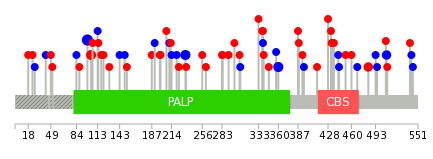 |
| Top |
| Stat. for Non-Synonymous SNVs (# total SNVs=39) | (# total SNVs=21) |
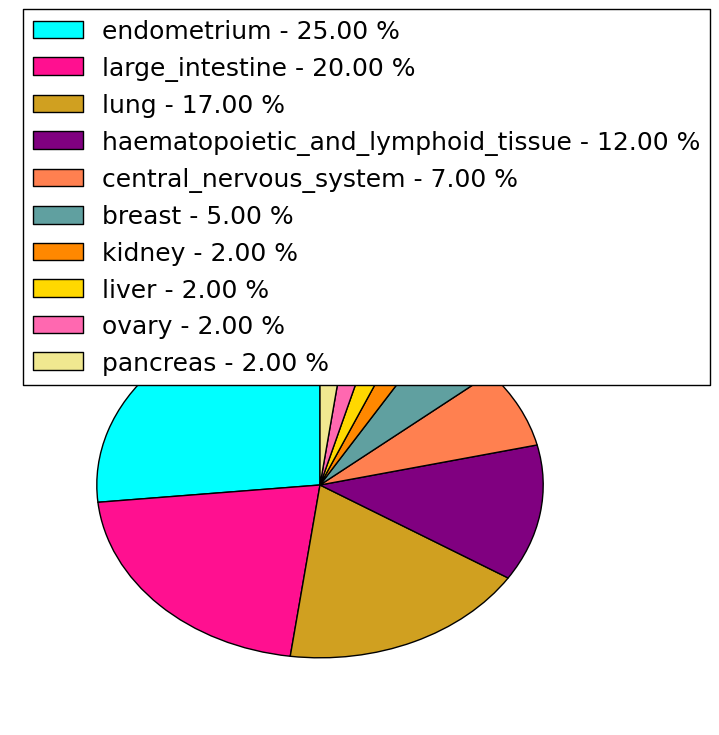 | 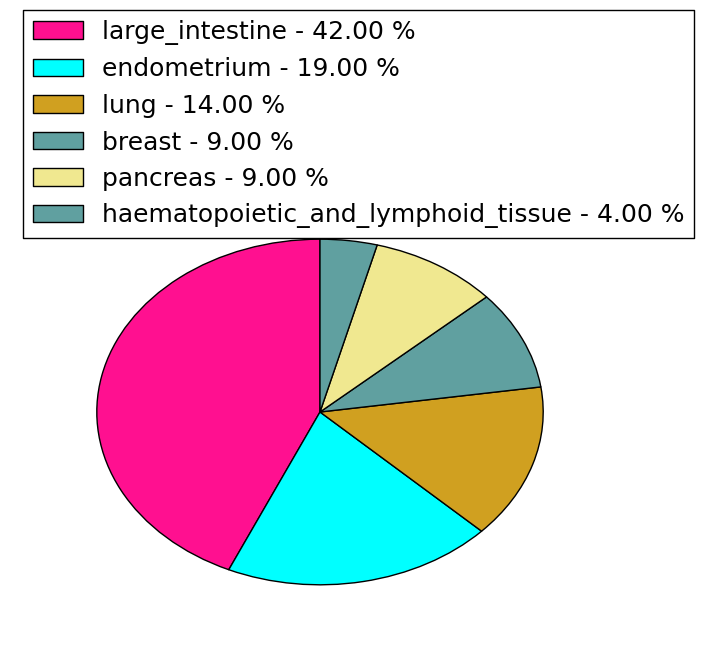 |
(# total SNVs=0) | (# total SNVs=0) |
| Top |
| * When you move the cursor on each content, you can see more deailed mutation information on the Tooltip. Those are primary_site,primary_histology,mutation(aa),pubmedID. |
| GRCh37 position | Mutation(aa) | Unique sampleID count |
| chr21:44488638-44488638 | p.F99F | 5 |
| chr21:44480616-44480616 | p.A360A | 3 |
| chr21:44488623-44488623 | p.E104D | 3 |
| chr21:44485350-44485350 | p.Y233Y | 3 |
| chr21:44476941-44476941 | p.F508F | 2 |
| chr21:44478273-44478273 | p.I483M | 2 |
| chr21:44474028-44474028 | p.L540M | 1 |
| chr21:44483093-44483093 | p.Y308Y | 1 |
| chr21:44488672-44488672 | p.P88L | 1 |
| chr21:44478973-44478973 | p.F443F | 1 |
| Top |
|
 |
| Point Mutation/ Tissue ID | 1 | 2 | 3 | 4 | 5 | 6 | 7 | 8 | 9 | 10 | 11 | 12 | 13 | 14 | 15 | 16 | 17 | 18 | 19 | 20 |
| # sample | 2 | 1 | 4 | 1 | 1 | 2 | 2 | 2 | 8 | 7 | 10 | |||||||||
| # mutation | 2 | 1 | 4 | 1 | 1 | 2 | 3 | 2 | 8 | 6 | 13 | |||||||||
| nonsynonymous SNV | 2 | 3 | 1 | 1 | 3 | 1 | 5 | 2 | 10 | |||||||||||
| synonymous SNV | 1 | 1 | 1 | 1 | 1 | 3 | 4 | 3 |
| cf) Tissue ID; Tissue type (1; BLCA[Bladder Urothelial Carcinoma], 2; BRCA[Breast invasive carcinoma], 3; CESC[Cervical squamous cell carcinoma and endocervical adenocarcinoma], 4; COAD[Colon adenocarcinoma], 5; GBM[Glioblastoma multiforme], 6; Glioma Low Grade, 7; HNSC[Head and Neck squamous cell carcinoma], 8; KICH[Kidney Chromophobe], 9; KIRC[Kidney renal clear cell carcinoma], 10; KIRP[Kidney renal papillary cell carcinoma], 11; LAML[Acute Myeloid Leukemia], 12; LUAD[Lung adenocarcinoma], 13; LUSC[Lung squamous cell carcinoma], 14; OV[Ovarian serous cystadenocarcinoma ], 15; PAAD[Pancreatic adenocarcinoma], 16; PRAD[Prostate adenocarcinoma], 17; SKCM[Skin Cutaneous Melanoma], 18:STAD[Stomach adenocarcinoma], 19:THCA[Thyroid carcinoma], 20:UCEC[Uterine Corpus Endometrial Carcinoma]) |
| Top |
| * We represented just top 10 SNVs. When you move the cursor on each content, you can see more deailed mutation information on the Tooltip. Those are primary_site, primary_histology, mutation(aa), pubmedID. |
| Genomic Position | Mutation(aa) | Unique sampleID count |
| chr21:44488638 | p.F99F,CBS | 4 |
| chr21:44474028 | p.A452V,CBS | 1 |
| chr21:44486452 | p.L287L,CBS | 1 |
| chr21:44480625 | p.F443F,CBS | 1 |
| chr21:44485379 | p.G284W,CBS | 1 |
| chr21:44478273 | p.P88L,CBS | 1 |
| chr21:44486463 | p.E440D,CBS | 1 |
| chr21:44482442 | p.E283K,CBS | 1 |
| chr21:44485500 | p.I84I,CBS | 1 |
| chr21:44478947 | p.E436K,CBS | 1 |
| * Copy number data were extracted from TCGA using R package TCGA-Assembler. The URLs of all public data files on TCGA DCC data server were gathered on Jan-05-2015. Function ProcessCNAData in TCGA-Assembler package was used to obtain gene-level copy number value which is calculated as the average copy number of the genomic region of a gene. |
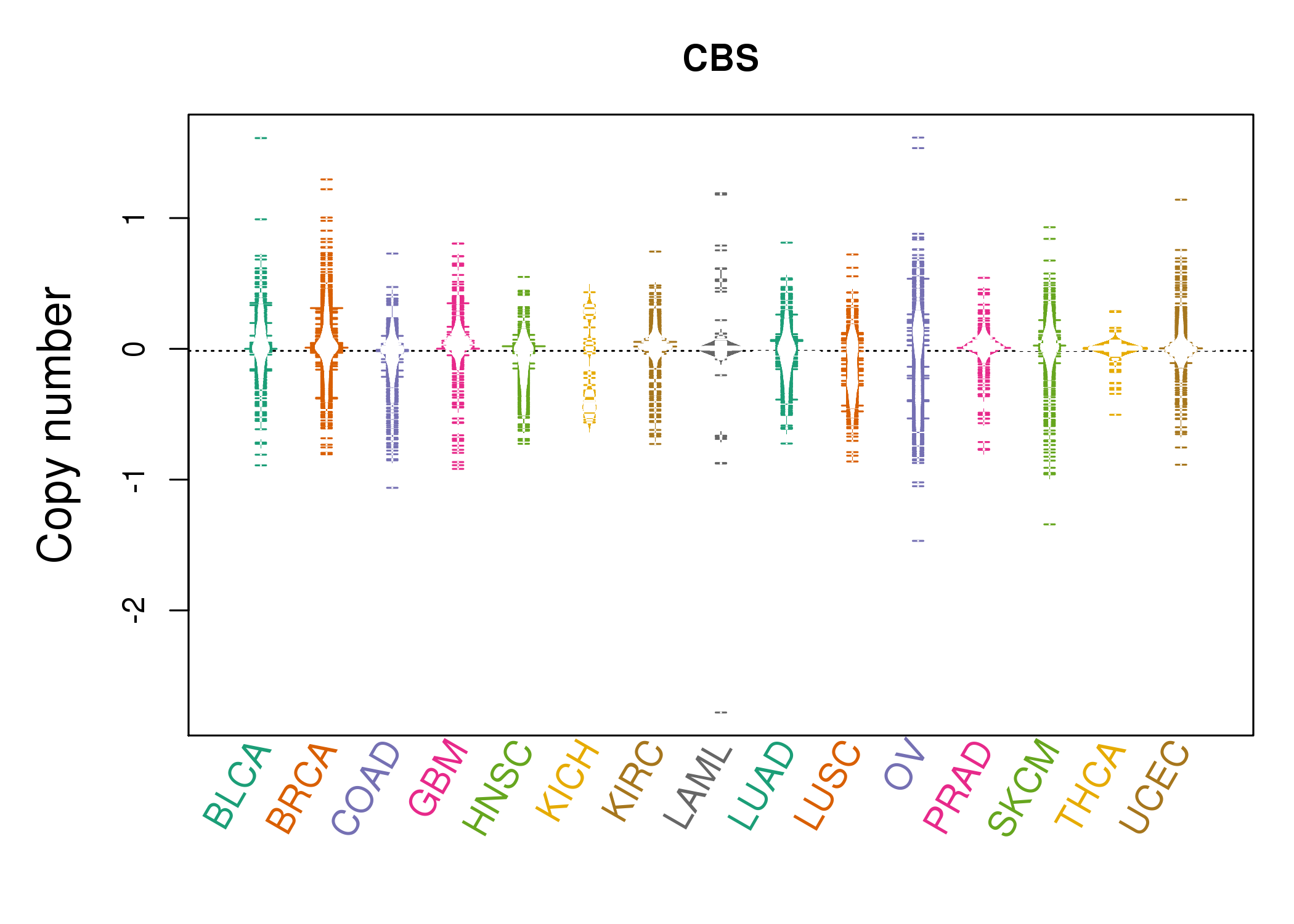 |
| cf) Tissue ID[Tissue type]: BLCA[Bladder Urothelial Carcinoma], BRCA[Breast invasive carcinoma], CESC[Cervical squamous cell carcinoma and endocervical adenocarcinoma], COAD[Colon adenocarcinoma], GBM[Glioblastoma multiforme], Glioma Low Grade, HNSC[Head and Neck squamous cell carcinoma], KICH[Kidney Chromophobe], KIRC[Kidney renal clear cell carcinoma], KIRP[Kidney renal papillary cell carcinoma], LAML[Acute Myeloid Leukemia], LUAD[Lung adenocarcinoma], LUSC[Lung squamous cell carcinoma], OV[Ovarian serous cystadenocarcinoma ], PAAD[Pancreatic adenocarcinoma], PRAD[Prostate adenocarcinoma], SKCM[Skin Cutaneous Melanoma], STAD[Stomach adenocarcinoma], THCA[Thyroid carcinoma], UCEC[Uterine Corpus Endometrial Carcinoma] |
| Top |
| Gene Expression for CBS |
| * CCLE gene expression data were extracted from CCLE_Expression_Entrez_2012-10-18.res: Gene-centric RMA-normalized mRNA expression data. |
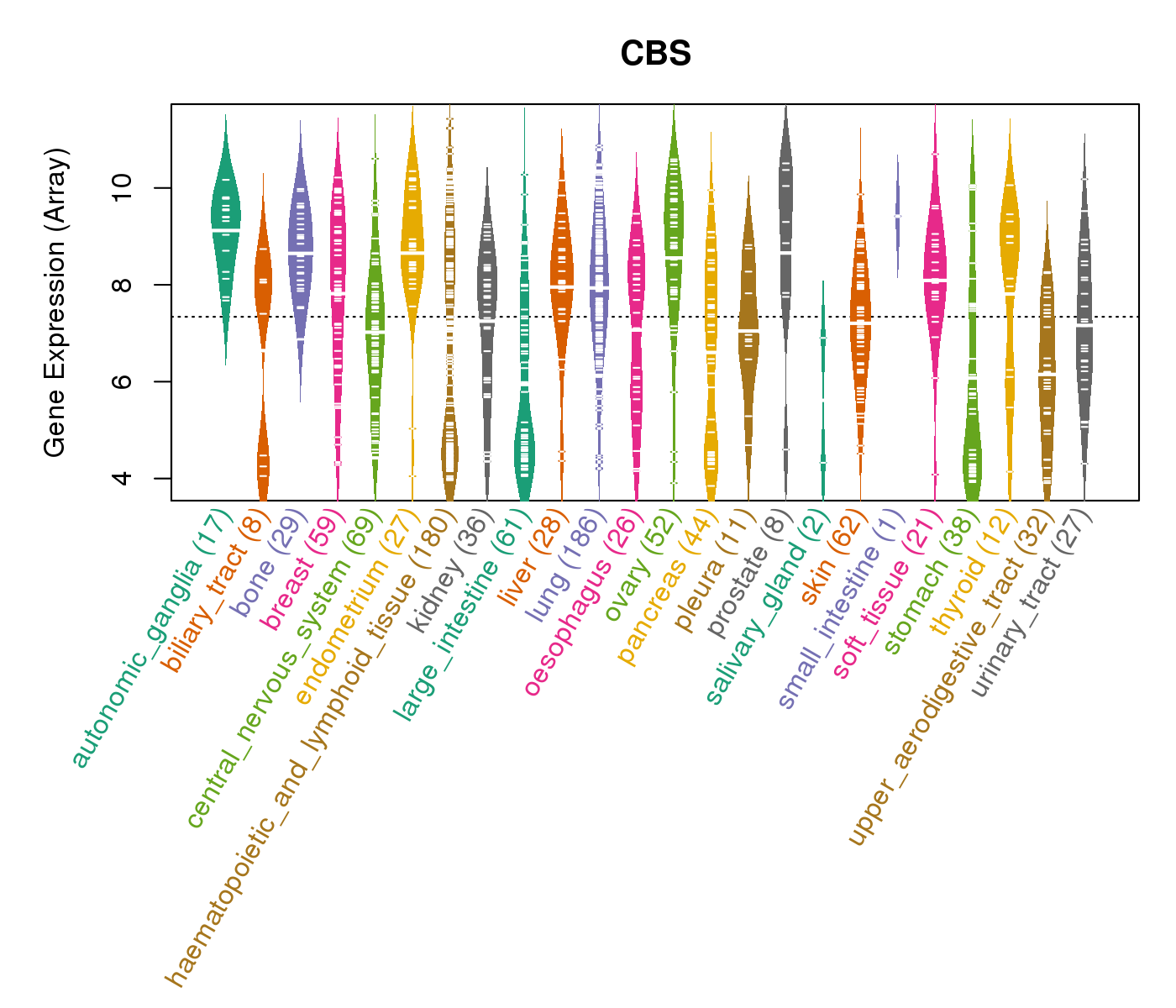 |
| * Normalized gene expression data of RNASeqV2 was extracted from TCGA using R package TCGA-Assembler. The URLs of all public data files on TCGA DCC data server were gathered at Jan-05-2015. Only eight cancer types have enough normal control samples for differential expression analysis. (t test, adjusted p<0.05 (using Benjamini-Hochberg FDR)) |
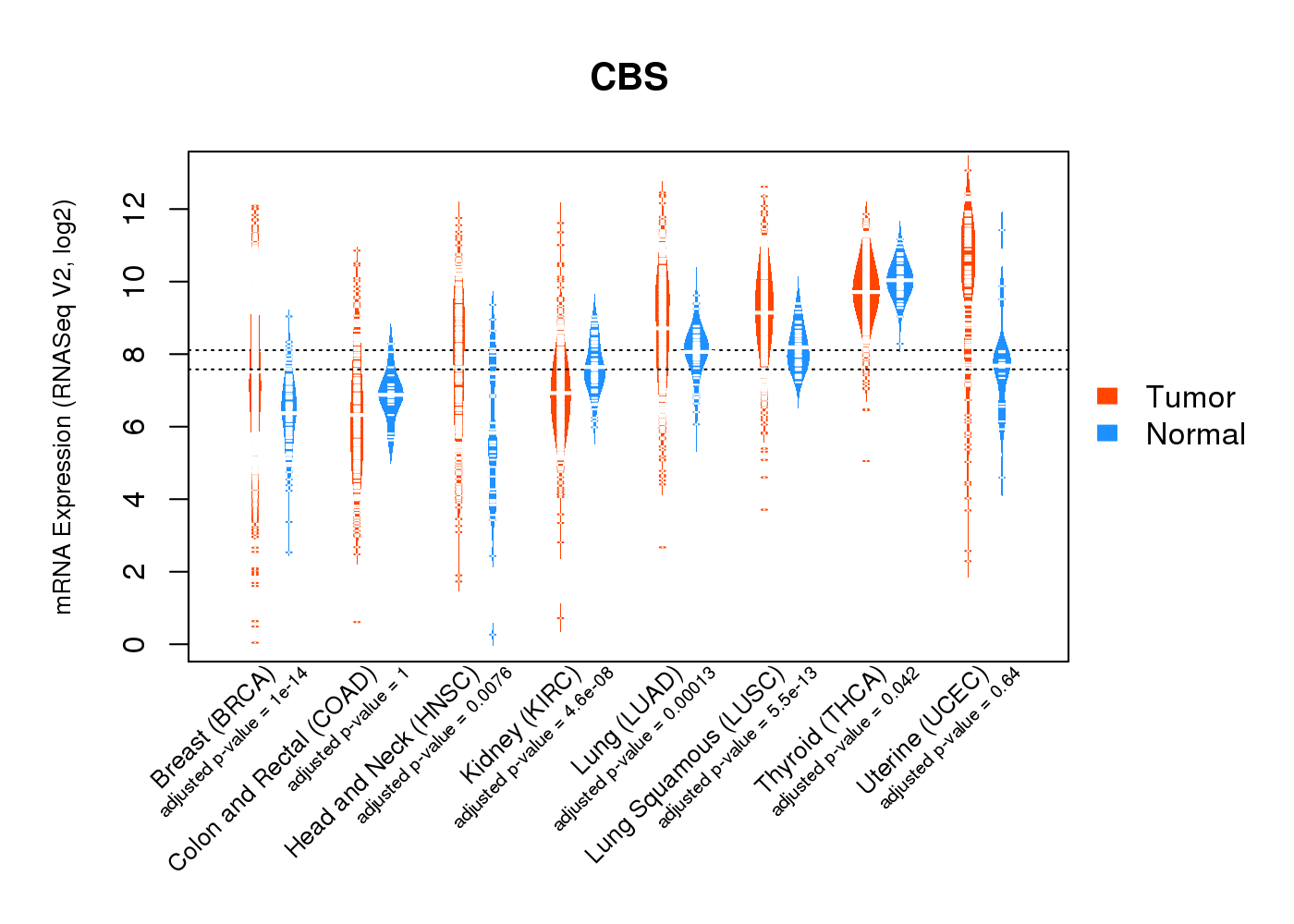 |
| Top |
| * This plots show the correlation between CNV and gene expression. |
: Open all plots for all cancer types
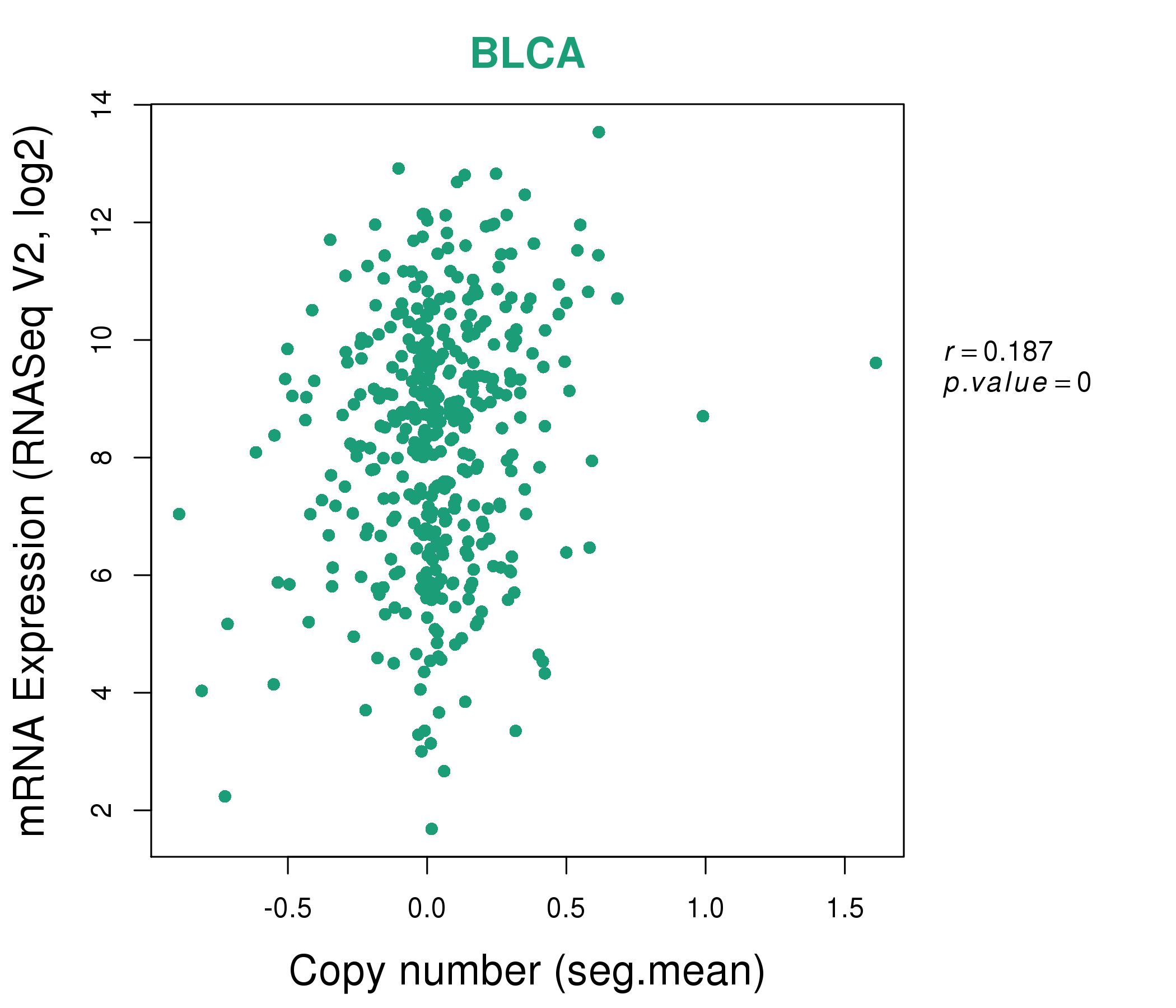 |
|
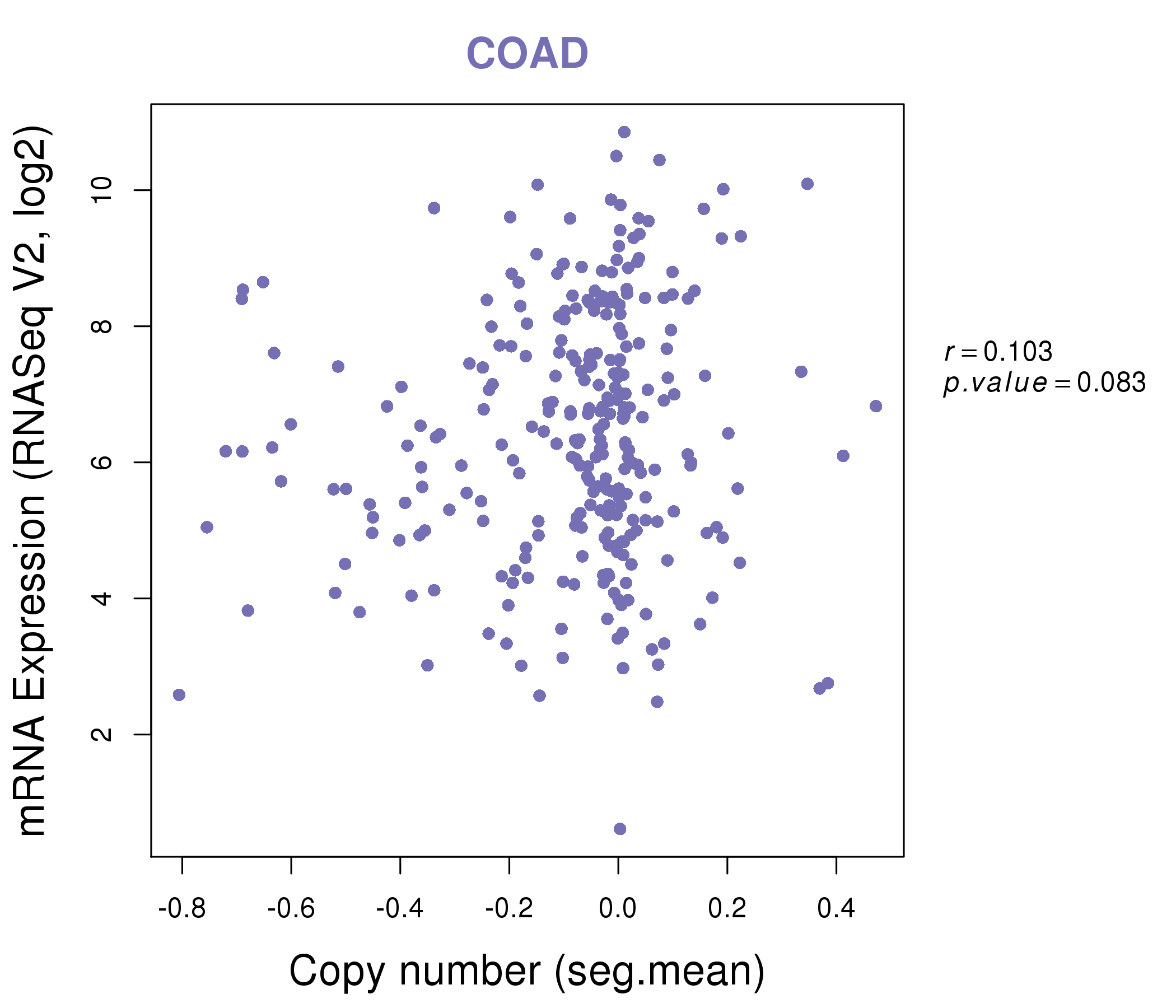 |
|
| Top |
| Gene-Gene Network Information |
| * Co-Expression network figures were drawn using R package igraph. Only the top 20 genes with the highest correlations were shown. Red circle: input gene, orange circle: cell metabolism gene, sky circle: other gene |
: Open all plots for all cancer types
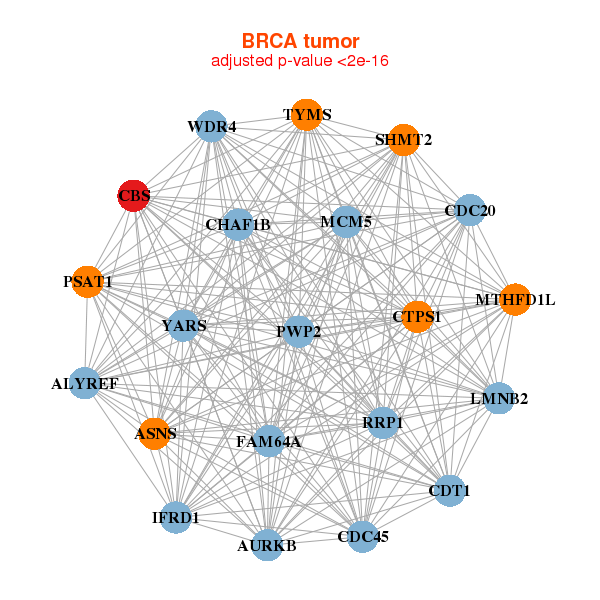 |
| ||||
| ASNS,AURKB,CBS,CDC20,CDC45,CDT1,CHAF1B, CTPS1,FAM64A,IFRD1,LMNB2,MCM5,MTHFD1L,PSAT1, PWP2,RRP1,SHMT2,ALYREF,TYMS,WDR4,YARS | AMN,APOC3,APOL4,TBATA,CBS,CHGA,CLSTN3, DBH,GABRD,GCDH,GLYCTK,LIME1,MEF2B,NDRG4, NTSR2,PDZD7,PHOX2B,SNORA14A,ST8SIA3,TH,TTC36 | ||||
 |
| ||||
| ETNPPL,NBEAP1,NCOR1P1,CBS,CCKBR,CETN1,CNTNAP4, CT45A2,DUSP9,EEF1A2,FBN3,FNDC5,GABRG3,GPR123, MAGEA10,OR10C1,OR4M2,PCDHB5,PLEKHG4B,STC2,TP53TG3B | ACE2,ALPI,ADIRF,CBS,SLC52A1,HEBP1,INPP5J, MMEL1,MSRA,NAALADL1,OIT3,PCK2,PKLR,PRAP1, PTGR1,SLC22A4,SLC5A11,TM4SF20,TM6SF2,AGMO,USH1G |
| * Co-Expression network figures were drawn using R package igraph. Only the top 20 genes with the highest correlations were shown. Red circle: input gene, orange circle: cell metabolism gene, sky circle: other gene |
: Open all plots for all cancer types
| Top |
: Open all interacting genes' information including KEGG pathway for all interacting genes from DAVID
| Top |
| Pharmacological Information for CBS |
| DB Category | DB Name | DB's ID and Url link |
| * Gene Centered Interaction Network. |
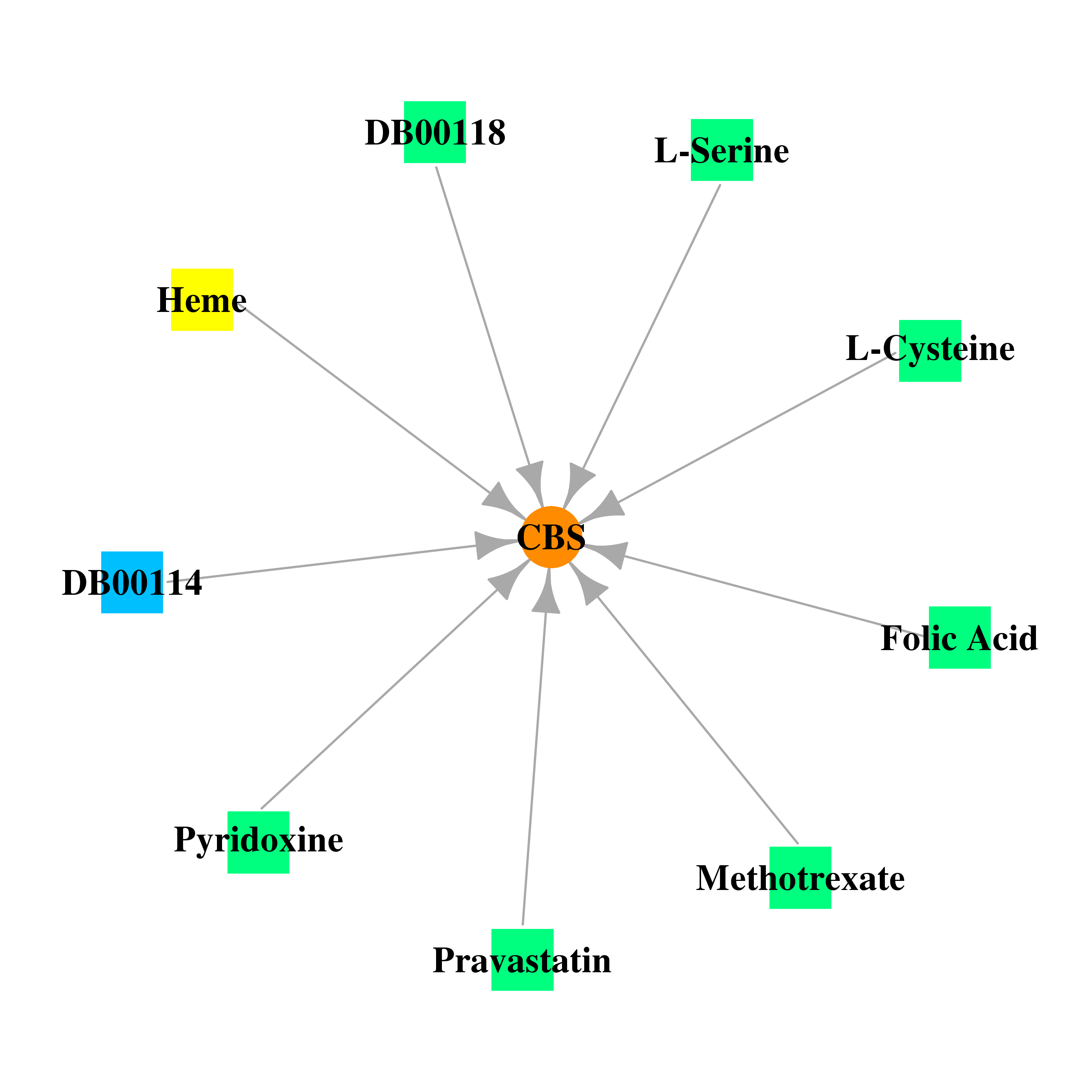 |
| * Drug Centered Interaction Network. |
| DrugBank ID | Target Name | Drug Groups | Generic Name | Drug Centered Network | Drug Structure |
| DB00114 | cystathionine-beta-synthase | nutraceutical | Pyridoxal Phosphate | 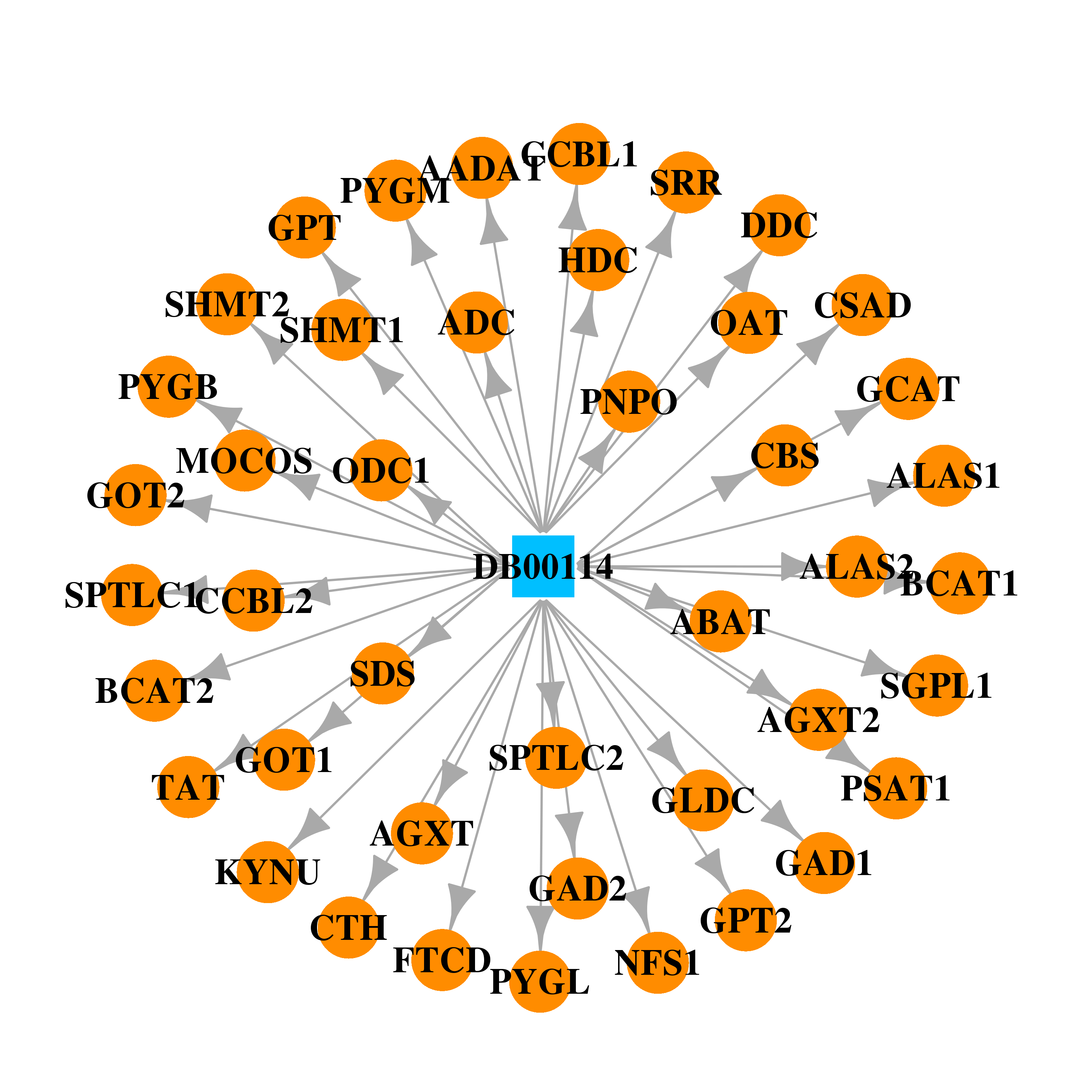 | 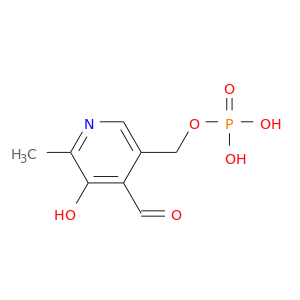 |
| DB00118 | cystathionine-beta-synthase | approved; nutraceutical | S-Adenosylmethionine | 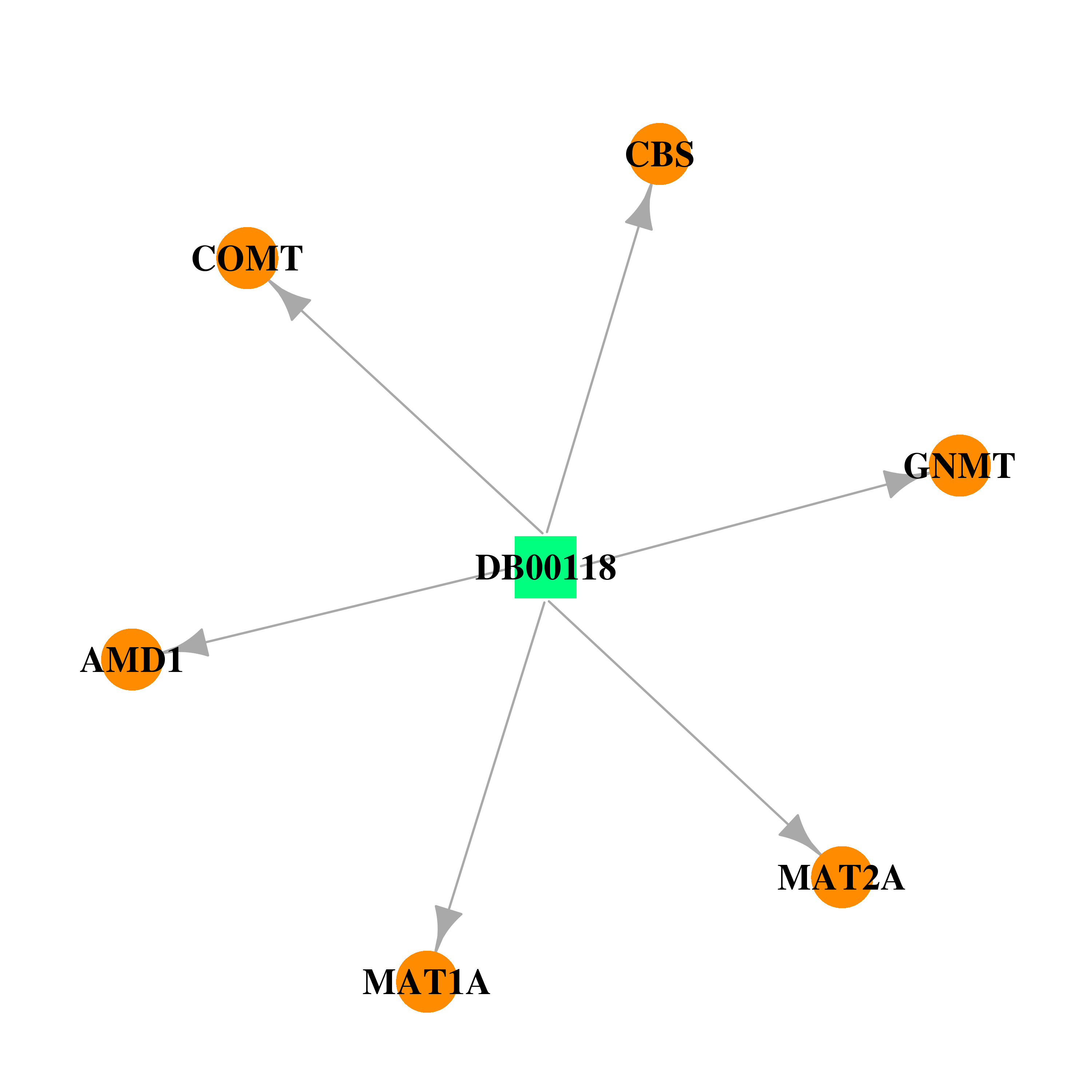 |  |
| DB00133 | cystathionine-beta-synthase | approved; nutraceutical | L-Serine | 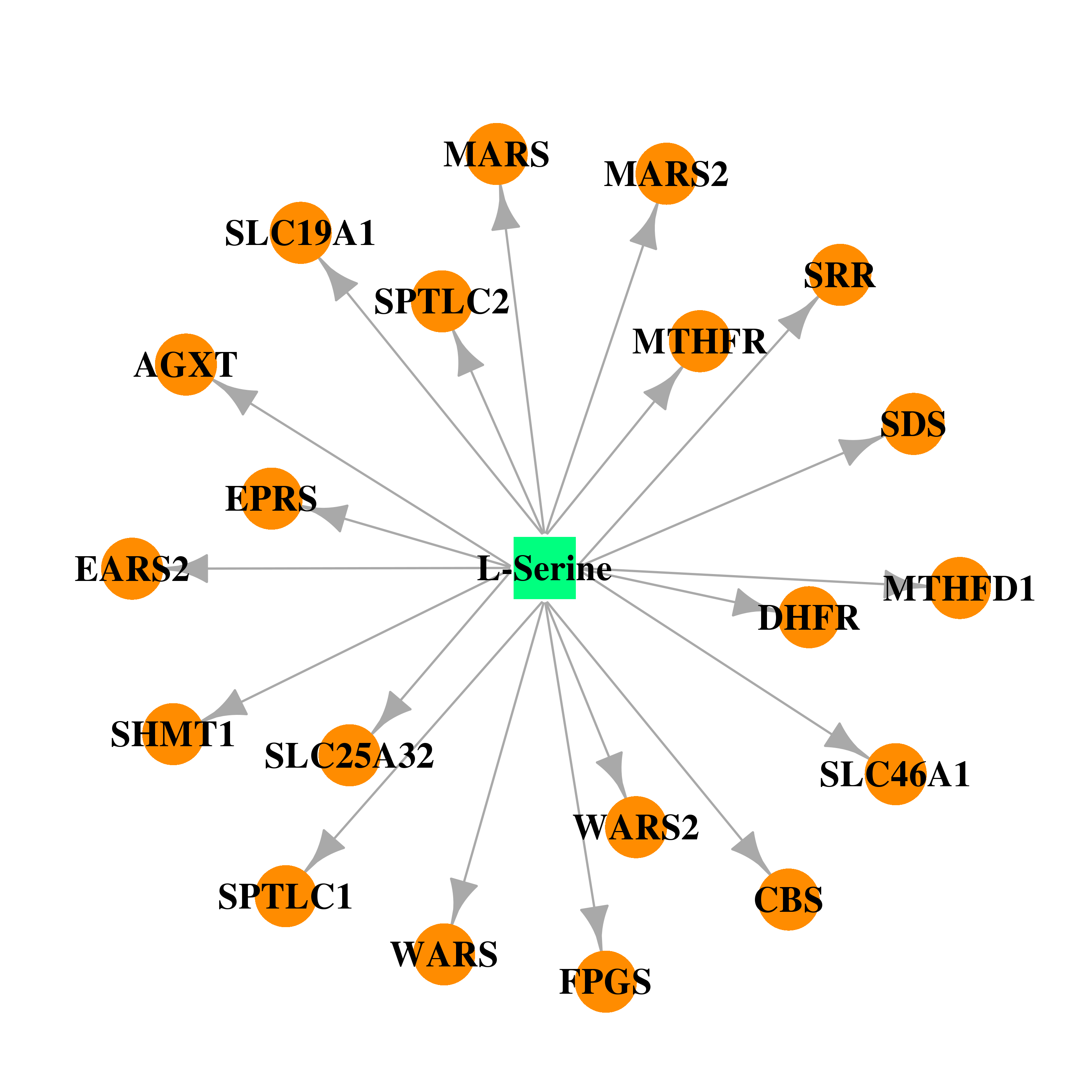 | 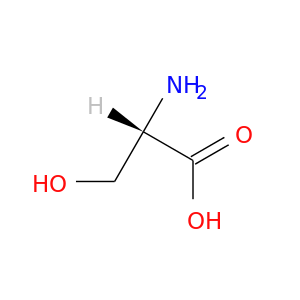 |
| DB00151 | cystathionine-beta-synthase | approved; nutraceutical | L-Cysteine | 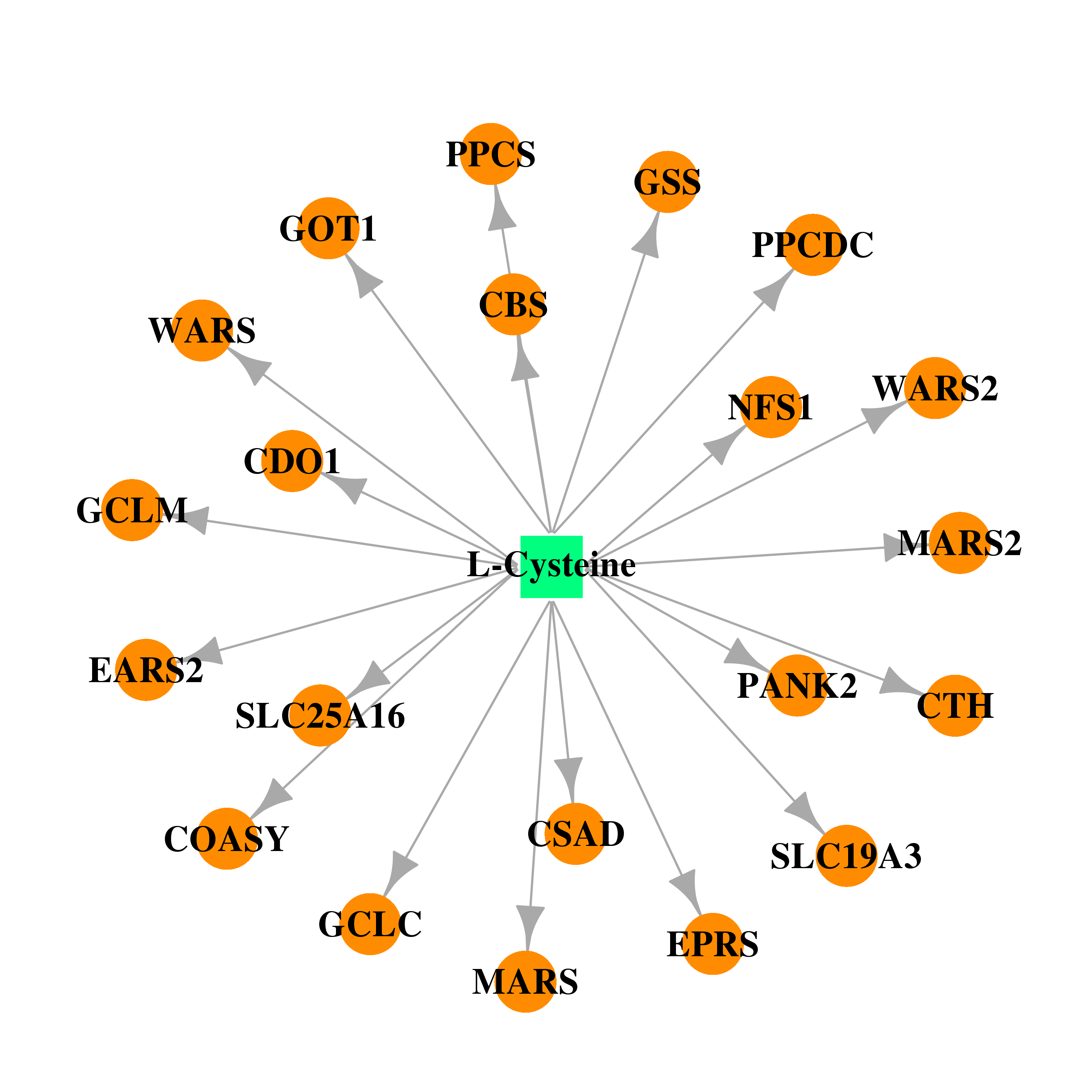 | 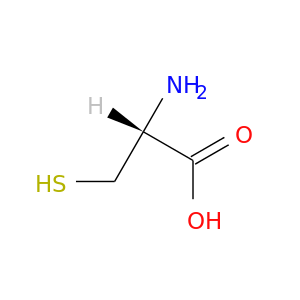 |
| DB00165 | cystathionine-beta-synthase | approved; nutraceutical | Pyridoxine | 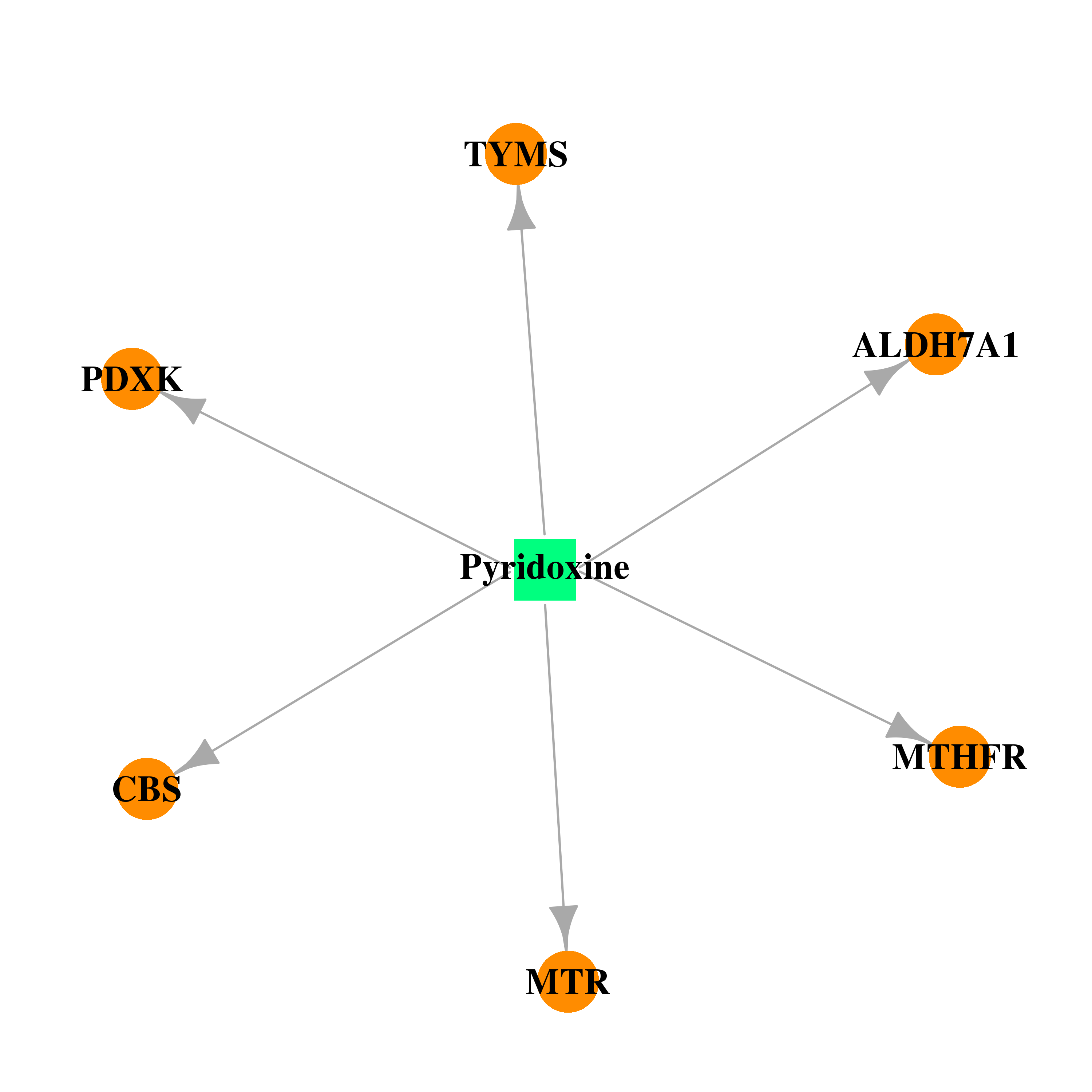 | 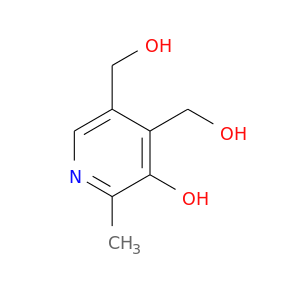 |
| DB03014 | cystathionine-beta-synthase | experimental | Heme | 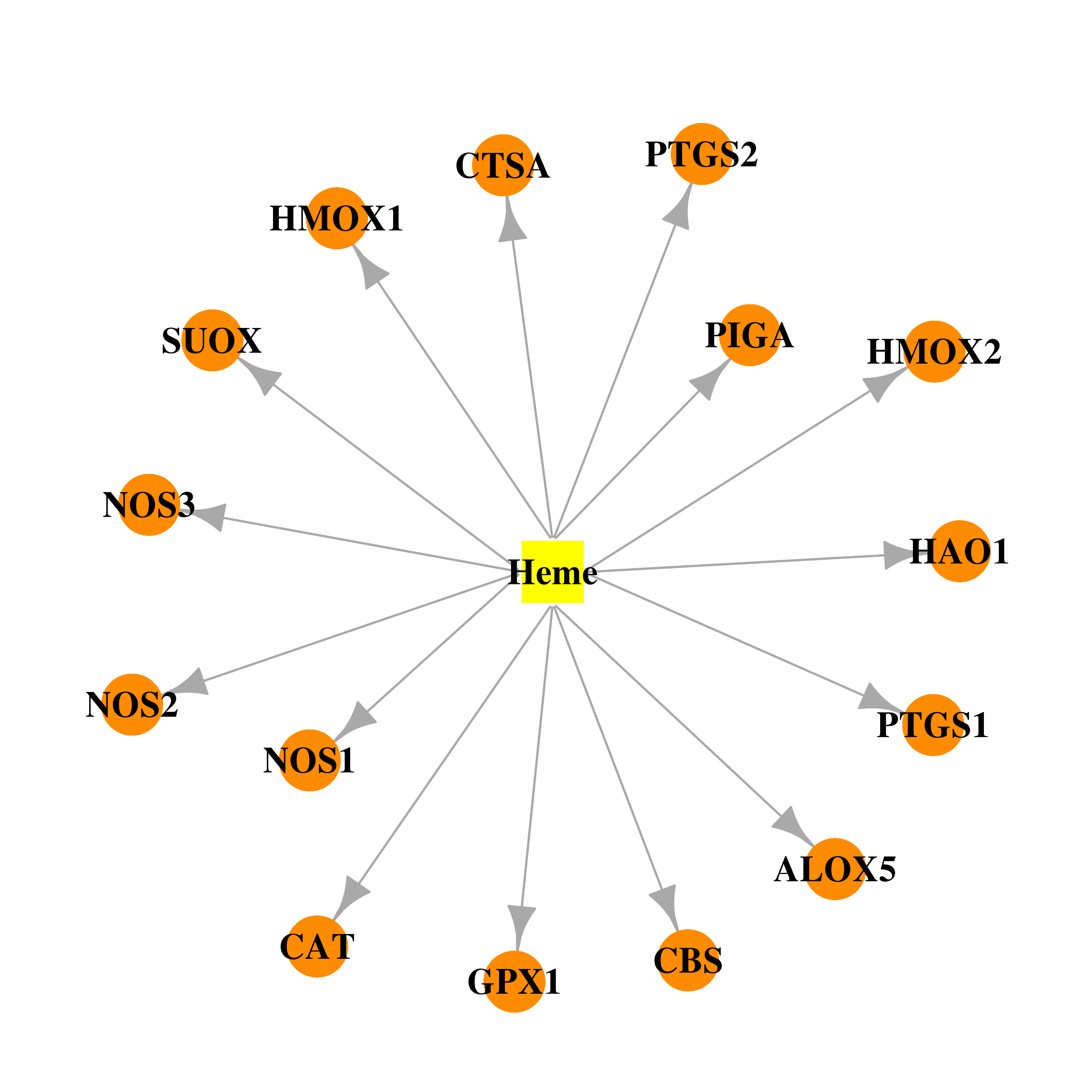 | 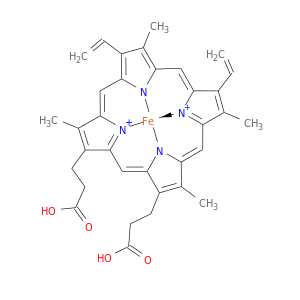 |
| DB00175 | cystathionine-beta-synthase | approved | Pravastatin | 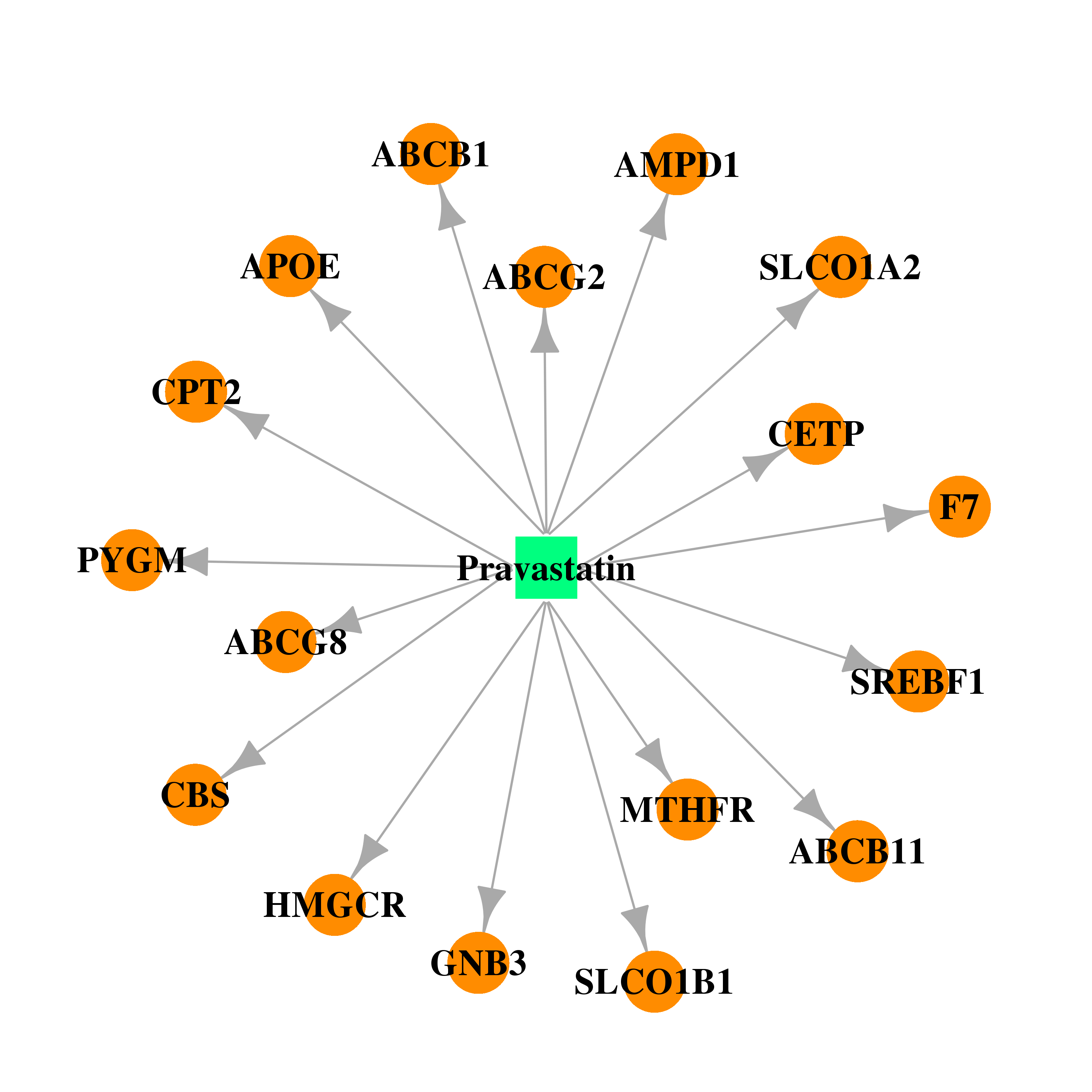 | 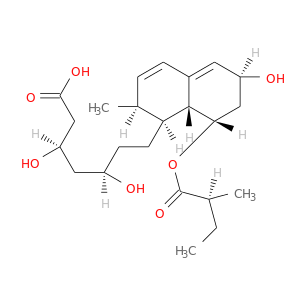 |
| DB00563 | cystathionine-beta-synthase | approved | Methotrexate | 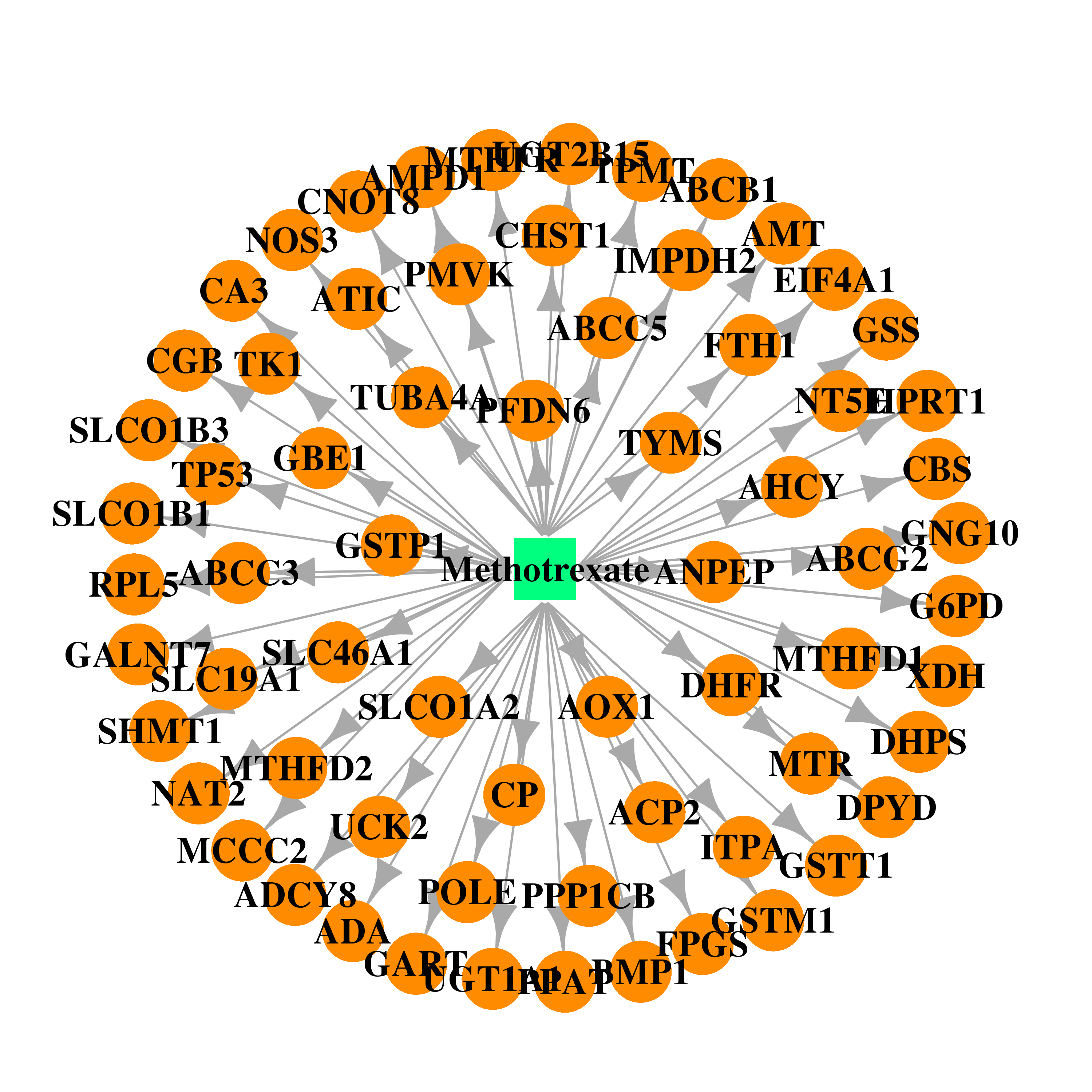 | 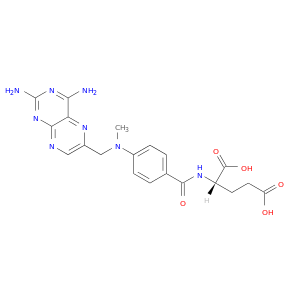 |
| DB00158 | cystathionine-beta-synthase | approved; nutraceutical | Folic Acid | 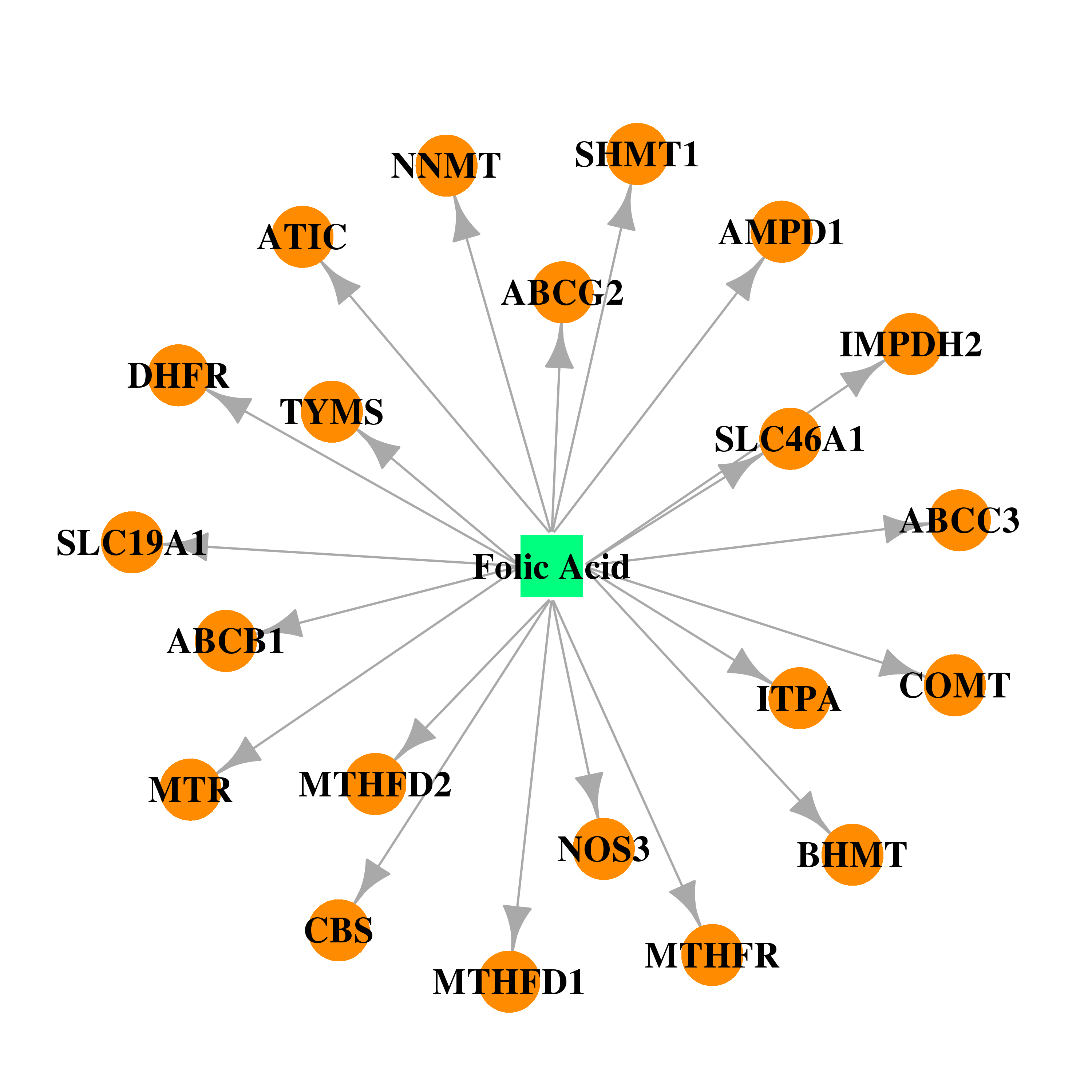 | 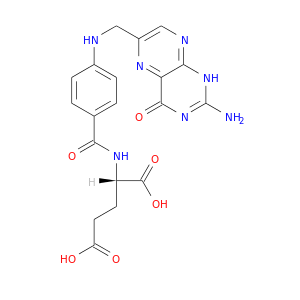 |
| Top |
| Cross referenced IDs for CBS |
| * We obtained these cross-references from Uniprot database. It covers 150 different DBs, 18 categories. http://www.uniprot.org/help/cross_references_section |
: Open all cross reference information
|
Copyright © 2016-Present - The Univsersity of Texas Health Science Center at Houston @ |






